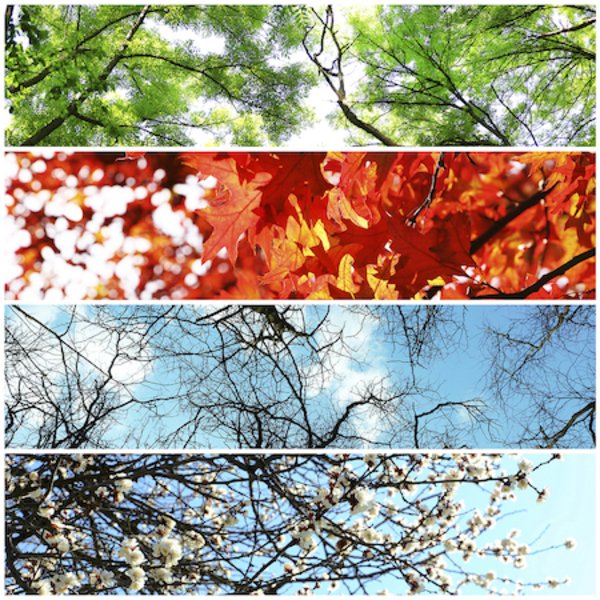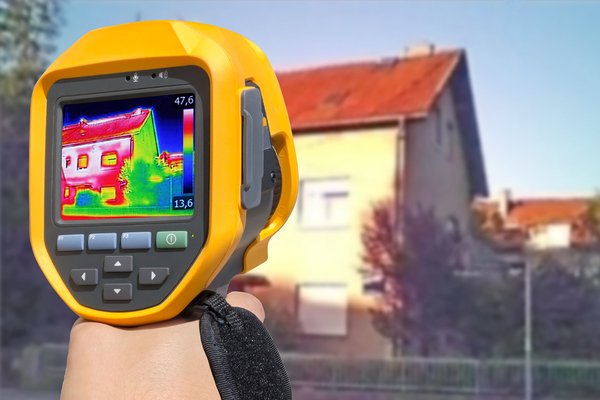
Some seasons really are better than others for thermal imaging.
When the weather outside is frightful, it’s delightful for a thermal imaging home inspection. It’s the temperature difference between indoors and outdoors that matters. So whether it’s freezing cold or unbearably hot outside, thermography can reveal more problems as long as the indoor air is regulated.
The Department of Energy explains that infrared technology helps find hidden areas where heat is lost. It also shows where heat is gained. Both situations can be expensive to live with. That’s why infrared can make your home inspections a better value with more to offer than some of the competition.
Winter Weather Helps Show Heat Loss and Drafts
Heat loss and air leaks make for an expensive winter season. When expensive heated air escapes through the ceiling, roof, walls and windows, the heating system has to work harder. And that causes higher utility bills.
In wintertime, thermal imaging can reveal dramatic heat loss. The colder the temperature outdoors, the more obvious the representation on the thermography camera screen. Inside, the camera can pinpoint areas where cold air sneaks inside.
Summer Makes Solar Heat Gain More Obvious
Just as heat loss in winter wreaks havoc on a home, so can heat gain in summer. Cold air isn’t prone to transfer the way that heat is. But the summer sun can transfer through to the inside, making the air conditioning work harder.
The hot weather of summer helps a thermal imaging camera reveal this solar heat gain. Windows are especially prone to letting in heat. But roofs can heat up, and so can walls. And the greater the temperature difference between inside and out, the more dramatic the surface heat variations and the results on the camera display.

Outdoor thermography isn’t always accurate, especially in windy conditions.
Thermal Imaging Also Works in Spring and Fall
The temperature extremes of winter and summer are good, but there really is no wrong season to use thermal imaging. Temperature differences are an issue, no matter the time of year. They represent inconsistencies with insulation, poor windows, air leaks and even the presence of water. And you can fake the right conditions if you need to.
Thermal loading, says the Department of Energy, helps improve thermal imaging accuracy in mild weather. Running the air conditioning or heat, depending on the season, can enhance heat loss or gain. A few days of thermal loading is usually required before the home is ready. Some inspectors also use a blower door test in conjunction with thermography to exaggerate air leaks.
Thermal imaging is a great tool for the home inspector’s toolkit. And unlike the tens of thousands of dollars that some cameras can cost, more affordable options are on the market now. Some are just a few hundred dollars and work in conjunction with a smartphone.
If thermography interests you, this is a great time to register with ICA School. We have a new thermal imaging module, which helps prepare you for the next generation in home inspections. Enroll now and get started today.







